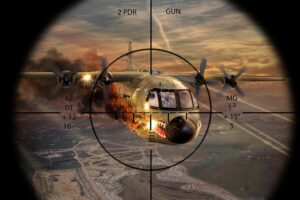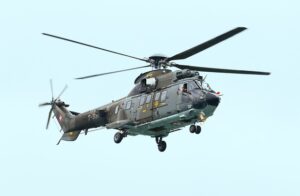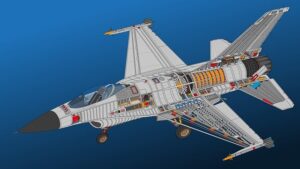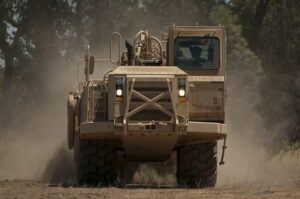
Tactical flashlights for military use have evolved significantly from basic light sources to multifunctional devices that are critical in modern operations. These advanced tools offer high-intensity beams, multiple settings including strobe and SOS signals, and are built with unparalleled durability against harsh conditions such as water immersion and impact. Their ergonomic designs ensure usability in various combat scenarios, while the integration of LED technology provides both powerful illumination and energy efficiency. Selecting the right tactical flashlight involves considering the specific needs of the mission, be it open terrain, urban environments, or close-quarters combat, ensuring that military personnel have a dependable light source and signaling device capable of enhancing their operational effectiveness under any condition.
In the realm of military operations, tactical flashlights serve as indispensable tools beyond their conventional purpose. These devices are not merely for illumination but are critical for communication and signaling in various scenarios. This article delves into the essential role of high-lumen flashlights within military contexts, highlighting key features that distinguish top-tier tactical flashlights designed for military use. We will explore the science behind lumens and beam distance, their importance in effective signaling, as well as the robustness required for these tools to perform reliably under extreme conditions. Additionally, we will examine the evolution of tactical flashlight design, focusing on how it has adapted to enhance military efficiency and effectiveness. Whether for emergency signaling or precise navigation, understanding the versatile functions of tactical flashlights is paramount for those who serve.
- Understanding the Role of Tactical Flashlights in Military Operations
- Key Features of High-Quality Tactical Flashlights for Military Use
- The Importance of Lumens and Beam Distance in Signaling and Communication
- Durability and Reliability: Critical Aspects of Tactical Flashlights in Harsh Environments
- Versatile Functionality: Beyond Illumination – Strobe, SOS, and Other Signal Modes
- The Evolution of Tactical Flashlight Design for Enhanced Military Efficiency
- Selecting the Right Tactical Flashlight for Different Military Scenarios and Missions
Understanding the Role of Tactical Flashlights in Military Operations
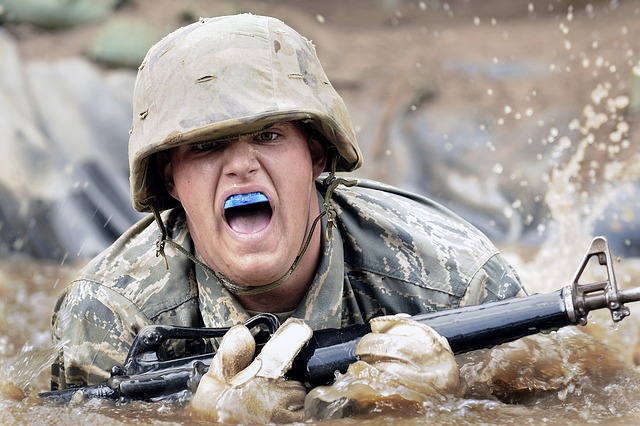
Tactical flashlights have become indispensable tools for military personnel, serving a multifaceted role in both signaling and communication during operations. Their compact design allows soldiers to carry these devices with ease, providing illumination in environments where visibility is limited. The intense beam of a tactical flashlight can signal units or direct attention to critical areas, effectively enhancing situational awareness. These flashlights are engineered with durability in mind, capable of withstanding the harsh conditions often encountered in military deployments. Moreover, their high-intensity light output can momentarily blind adversaries, creating opportunities for escape or tactical maneuvers. The ability to use these flashlights as a non-lethal means of defense is a significant advantage on the battlefield. Additionally, their functionality extends to reading maps and documents, which is crucial for mission planning and execution. Tactical flashlights for military use are designed with features such as variable light settings, allowing users to conserve battery life by using less intense beams when full illumination isn’t necessary. The integration of these devices into military strategy underscores their critical role in both offensive and defensive operations, making them a staple in the modern soldier’s arsenal.
Incorporating tactical flashlights into military operations has led to advancements in communication protocols. These devices can be used to create visual signals that are easily interpretable over long distances, facilitating coordination between units without the need for vocal communication that could give away positions. The intense light can also be used to momentarily blind opponents during reconnaissance missions, ensuring the safety of personnel as they gather vital intelligence. Furthermore, tactical flashlights with variable light modes enable soldiers to maintain stealth while still being able to navigate or perform tasks that require a softer light source. Their role in signaling for support or extraction is also significant, as the bright beam can be seen from great distances, making it an effective tool for distress communication. As technology advances, tactical flashlights continue to evolve, integrating features such as laser pointers and high-definition camera capabilities, further enhancing their utility in diverse military applications.
Key Features of High-Quality Tactical Flashlights for Military Use
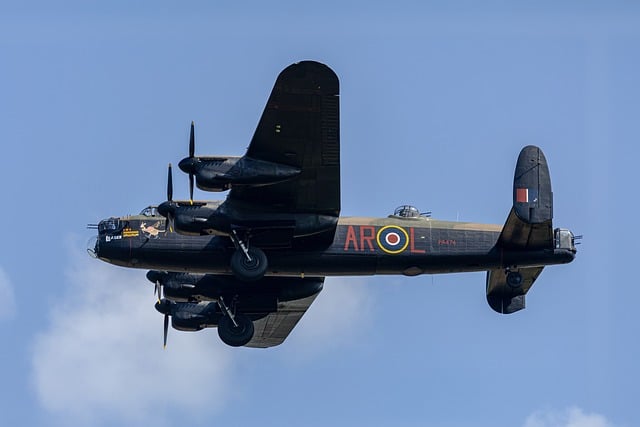
High-quality tactical flashlights designed for military use are indispensable tools that offer a multitude of features tailored to meet the rigorous demands of combat and field operations. These flashlights are engineered with extreme durability in mind, capable of withstanding harsh environmental conditions such as dust, water, and impact, ensuring they remain operational under all circumstances. A critical feature of these tactical lights is their LED technology, which provides a high lumen output for both illumination and signaling purposes. The intensity and beam distance can vary greatly, with some models offering a blinding light capable of disorienting adversaries during confrontations or as an effective signaling tool to draw attention over long distances.
Additionally, tactical flashlights are often equipped with various modes, including strobe, SOS, and steady beams, which can be crucial for communication or in signaling scenarios. The adjustable interface allows users to switch between these modes swiftly, enhancing operational versatility. Furthermore, the design of these flashlights prioritizes user safety, incorporating anti-roll features and ergonomic grips that facilitate easy handling even when wearing gloves. The integration of a robust construction, advanced LED technology, and a variety of functional settings makes tactical flashlights for military use an essential component in any service member’s arsenal, enhancing their effectiveness during both day and night operations.
The Importance of Lumens and Beam Distance in Signaling and Communication
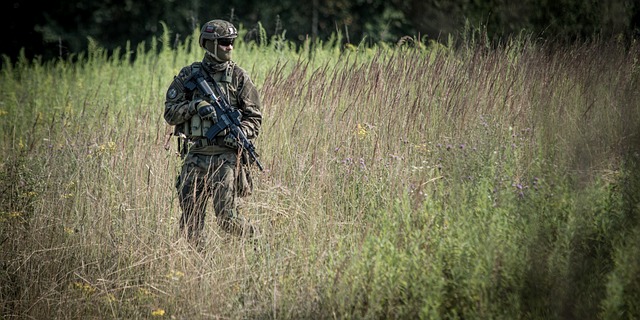
In the realm of tactical operations, especially for military use, the efficacy of a flashlight as a signaling and communication tool is paramount. Lumens, a unit of luminous flux, measure the total quantity of light emitted by a source over all directions or the amount of light that can be produced by a lamp. In tactical flashlights for military use, a higher lumen output ensures visibility over long distances, which is critical for signaling in various environments and conditions. This intense illumination can be used to signal command or coordinate with team members during night operations or in situations where visibility is compromised. Moreover, the beam distance, which denotes how far the light can be seen effectively, is equally important. It allows military personnel to communicate visual signals across vast expanses, enabling them to maintain situational awareness and contact with distant comrades without revealing their positions unnecessarily. The ability to adjust the brightness and focus the beam also enhances the tactical flashlight’s versatility, allowing for both long-range communication and close-up tasks without blinding or disorienting oneself or others in proximity.
When selecting a tactical flashlight for military use, it is crucial to consider both the lumens and beam distance to ensure effective signaling and communication. High-lumen flashlights can cut through darkness and haze, making them ideal for long-range visual signals. Additionally, a well-designed beam pattern with a focused hotspot and a broad spill can help in both short-range tasks and longer-range signaling. The interplay of lumens and beam distance is key to the operational effectiveness of these devices, as they must be capable of cutting through environmental factors such as fog, rain, or darkness that could otherwise impede communication. For military applications, the durability and reliability of these flashlights cannot be overstated; they must withstand the rigors of field use while providing consistent performance. In essence, a tactical flashlight’s lumens and beam distance are not just technical specifications but critical components of operational readiness for military personnel in various scenarios.
Durability and Reliability: Critical Aspects of Tactical Flashlights in Harsh Environments
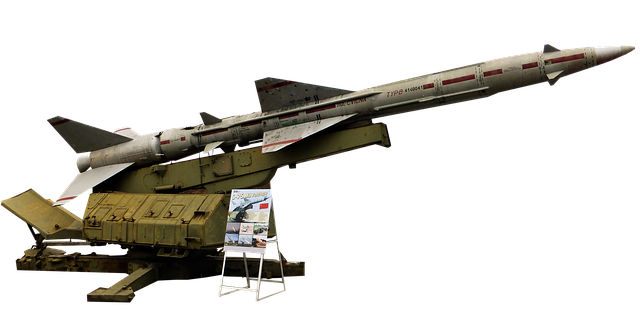
Tactical flashlights are indispensable tools for military personnel, serving as both a means of navigation and a critical signaling device in harsh environments. The durability of these flashlights is paramount, as they often face extreme conditions during operational missions. High-grade materials such as aircraft-grade aluminum or toughened polymer constructions ensure that tactical flashlights can withstand the rigors of demanding use, including frequent drops, exposure to dust and sand, as well as immersion in water. These flashlights are designed to operate reliably under a wide range of temperatures, from arctic cold to desert heat, maintaining functionality when it’s most needed. The impact resistance of tactical flashlights is also a significant aspect, with many models engineered to survive falls from significant heights without failure. Military operations often occur in low-light or no-light conditions, where a dependable light source can mean the difference between mission success and failure. As such, the reliability of these flashlights is not just a feature—it’s a lifeline for those in service. The inclusion of high-output LEDs, often rated for tens of thousands of hours of use, ensures that these devices remain a steady beacon when every lumen counts. Military-grade tactical flashlights are built to endure and perform, offering users a tool they can trust to signal, navigate, or illuminate their environment in the most extreme conditions.
Versatile Functionality: Beyond Illumination – Strobe, SOS, and Other Signal Modes
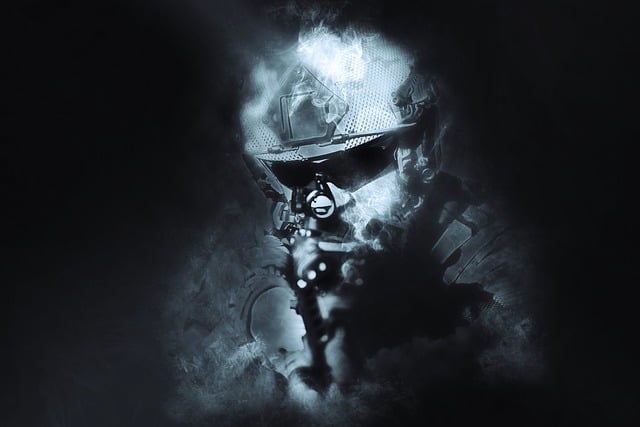
Tactical flashlights have evolved from mere sources of light to sophisticated signaling devices, indispensable in both civilian and military contexts. Their versatile functionality extends far beyond illumination, offering a range of signal modes critical for communication and distress signaling. The strobe function, for instance, can disorient an adversary during critical moments, while the SOS mode serves as a universally recognized distress signal, enabling users to alert rescuers efficiently. These devices are engineered with high-intensity LEDs that emit intense light patterns visible from great distances, ensuring that the user’s intentions are seen and understood. The ability to switch between various signal modes—such as long-duration signals for visual communication over long ranges or short-duration flashes to conserve battery life—makes tactical flashlights an essential tool in both training exercises and real-world operations. Their robust construction, often with waterproof and impact-resistant features, ensures that these devices remain reliable under the most demanding conditions, making them a staple in the arsenals of military personnel around the globe. The integration of advanced technology into tactical flashlights not only enhances their signaling capabilities but also their overall utility, rendering them indispensable tools for those who operate in environments where communication and visibility are paramount.
The Evolution of Tactical Flashlight Design for Enhanced Military Efficiency
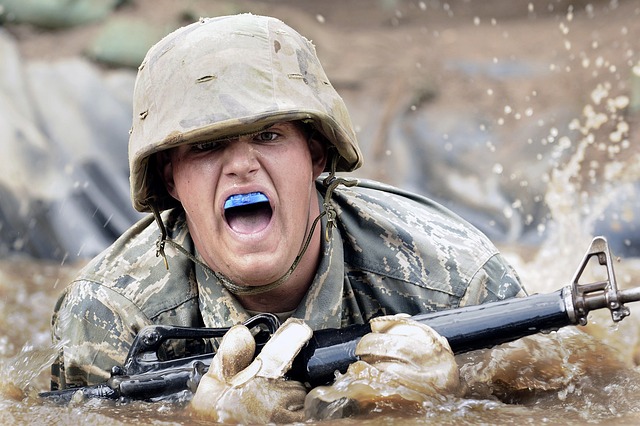
Tactical flashlights have undergone a significant transformation in design and functionality to meet the demanding requirements of military operations. Early models were rudimentary, with their primary purpose being to illuminate darkness. However, as the nature of conflicts evolved and tactics became more sophisticated, so too did the capabilities of tactical flashlights for military use. These devices have become integral tools for soldiers, not merely for signaling but also for a variety of operational needs. Modern tactical flashlights now boast advanced features such as high-intensity light output, multiple beam settings, and durable, lightweight construction. They are engineered to be resistant to the harsh conditions often encountered in field environments, ensuring reliability when it is most critical. Additionally, these devices are increasingly incorporating elements like laser pointers for targeting and aiming, as well as integrated strobe functions for signaling and disorienting adversaries. The integration of LED technology has allowed for greater luminosity while reducing power consumption, making them more effective over extended operations. Furthermore, the ergonomic design ensures they are comfortable to hold and operate even in the most challenging situations. This evolution reflects a commitment to enhancing military efficiency through practical, cutting-edge technology, making tactical flashlights an indispensable component of modern military equipment.
Selecting the Right Tactical Flashlight for Different Military Scenarios and Missions
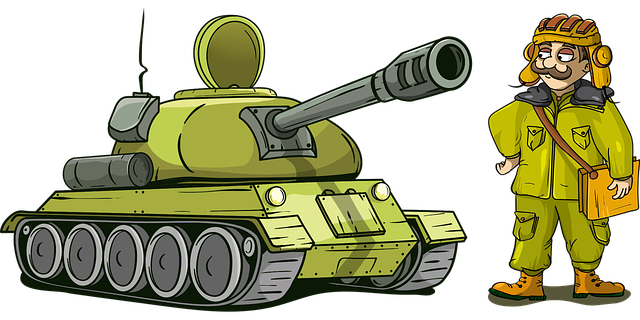
When selecting a tactical flashlight for military use, it is imperative to consider the specific mission requirements and operational environment. For instance, operations in open terrains necessitate high-output models that can cut through vast spaces, while urban or close-quarters combat may demand a more compact, yet still durable, light. The intensity of the beam, durability of the construction, and battery life are crucial factors. Military personnel often rely on tactical flashlights for signaling, navigation, and illumination during night operations. A flashlight with a strobe function can be used as a non-lethal means to disorient adversaries or signal allies from afar. The ability to withstand harsh conditions, including water and impact resistance, is paramount. Additionally, features such as a focused beam for long-distance signaling and a diffused light for broader area illumination can be critical depending on the scenario. When choosing the right tactical flashlight for military use, one must also consider the balance between size, weight, and functionality. A light that is too large or heavy may impede mobility, while an overly complex design could complicate use under stress. Therefore, the best tactical flashlights for military use are those that offer a balance of power, portability, and versatility to meet the dynamic needs of various missions.
In terms of mission-specific applications, certain scenarios may require lights with specialized settings or accessories. For example, divers may need waterproof models with underwater capabilities, while special forces conducting reconnaissance might prefer lights with a red beam for preserving night vision. In contrast, units engaged in search and rescue operations might prioritize floodlights that can illuminate large areas to quickly locate individuals or objects. The choice of tactical flashlight should always align with the mission’s objectives, ensuring that soldiers have the most appropriate tool at their disposal. Whether it’s for signaling across vast distances or navigating through confined spaces, the right tactical flashlight can be a game-changer in military operations, enhancing both situational awareness and communication capabilities in challenging environments.
In conclusion, tactical flashlights serve as indispensable tools for military personnel, offering a multifunctional solution that extends beyond mere illumination. Their role in signaling and communication is pivotal, providing reliable light output, versatile functionality with various signal modes like strobe and SOS, and a significant lumen output coupled with ample beam distance to ensure visibility across diverse environments. The selection of a high-quality tactical flashlight, one that boasts durability and reliability in harsh conditions, is critical for military operations’ success. As the design of these devices continues to evolve, enhancing efficiency and effectiveness on the battlefield, it becomes clear that tactical flashlights for military use are not just a strategic asset but a vital component in the arsenal of modern armed forces.
